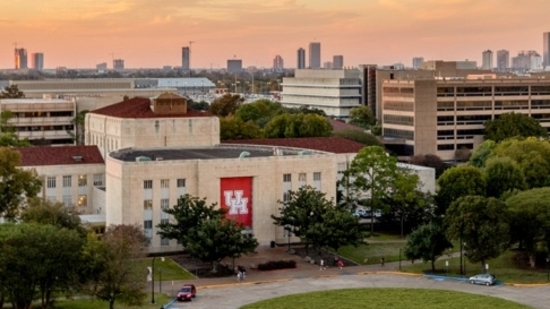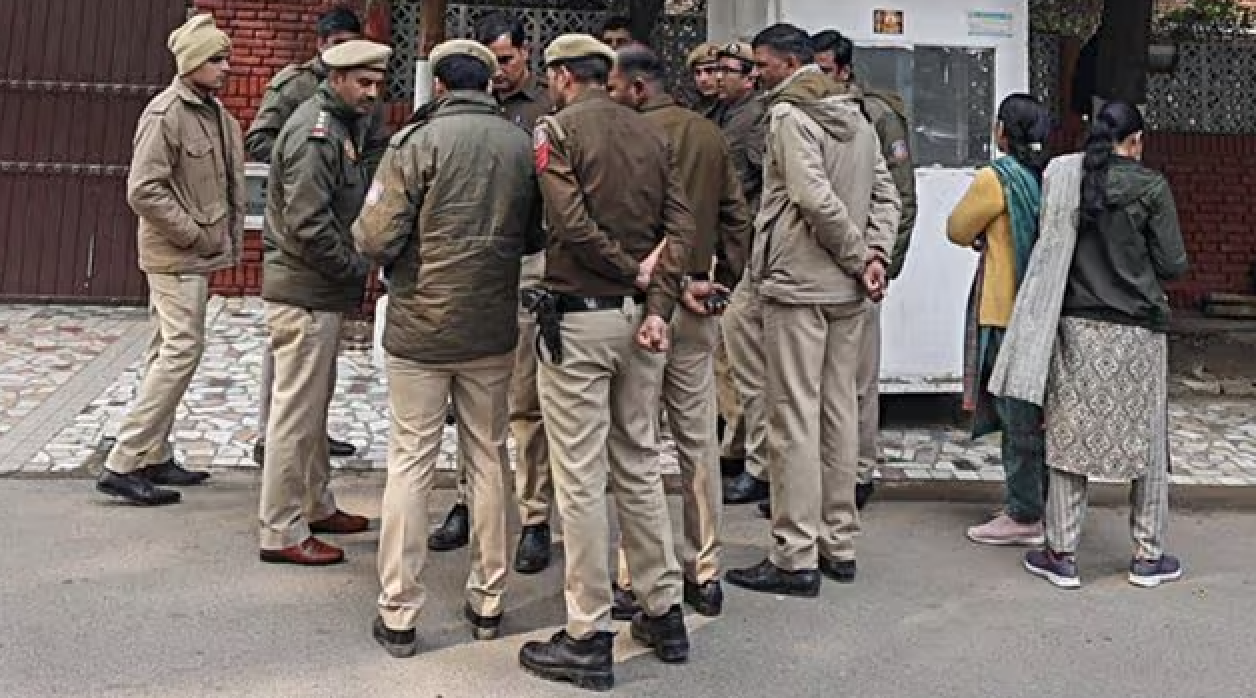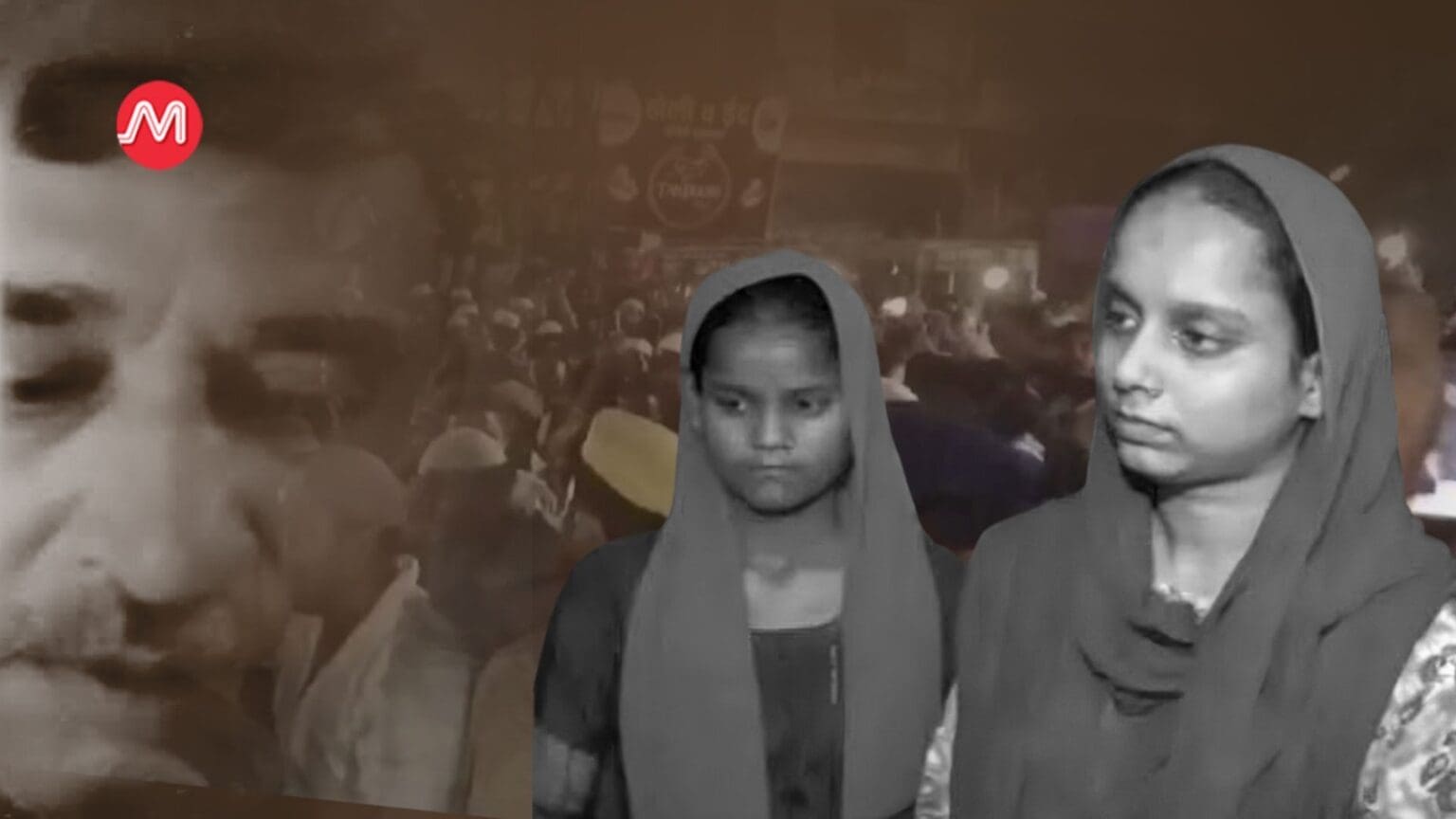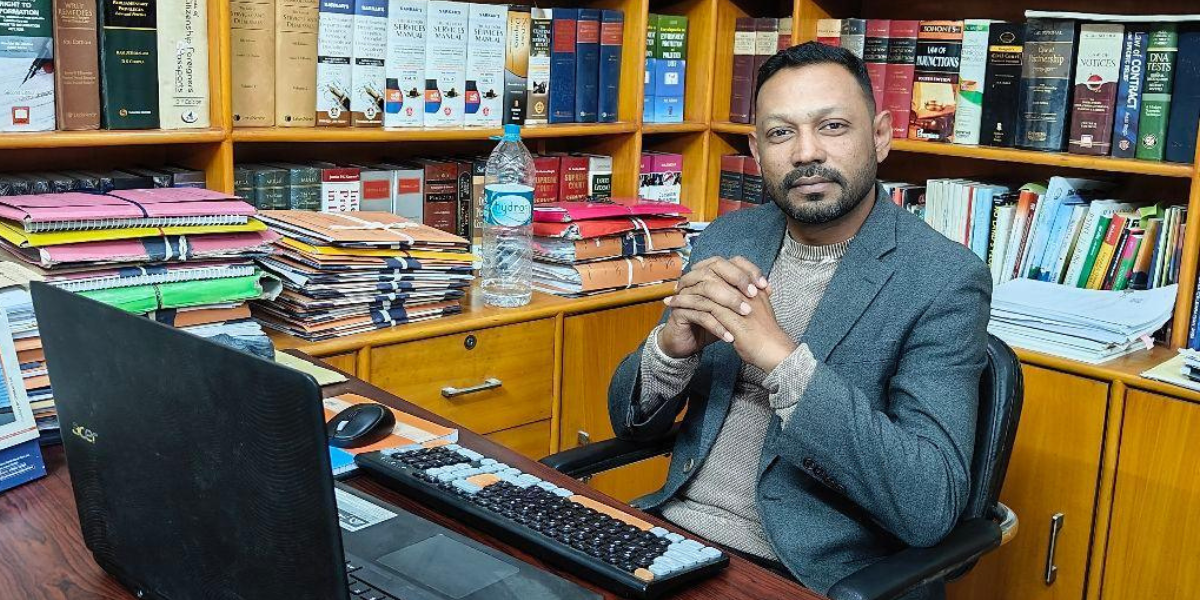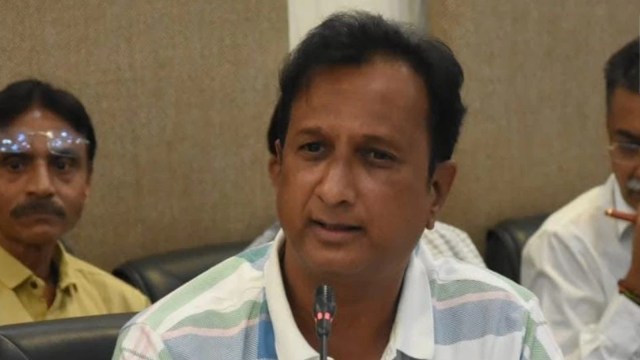Mumbai: American scholar Paul Brass, who has studied identity politics and communal violence in northern India extensively, talks of an “institutionalised riot system” in his book The Production of Hindu Muslim Violence in Contemporary India.
In this institutionalised system, he writes, “known persons and groups occupy specific roles” for the production of communal riots. And this production is often a very political one, with “intense inter-party competition and mass political mobilisation.”
Brass was talking about communal violence based on his research in Aligarh, but political experts say, the theory is perhaps not far off from what is currently happening in Maharashtra.
In the past three months, there have been at least seven incidents of communal unrest in different parts of Maharashtra. All the incidents were around common themes — a procession, a temple or a mosque, and social media posts — and in all of them, a combination of one or more of these factors sparked tensions between Hindu and Muslim groups.
The most recent incident was in Nashik district’s Trimbakeshwar after certain groups of citizens last week alleged that some Muslims tried to forcibly enter the temple. Many residents of the temple town later said that this was an age-old tradition where Muslims show fragranced smoke to the deity on the steps of the temple and pass.

The friction led to members of the Muslim community deciding to discontinue the tradition, while members of the Sakal Hindu Samaj, an umbrella group of various Hindutva organisations, sprinkled goumutra (cow urine) in the temple to supposedly purify it.
“As per Paul Brass’ theory, the sowing of seeds had happened a long time ago. And there is a machinery in place for watering the seeds, adding fertiliser,” Shruti Tambe, head of the sociology department at Savitribai Phule Pune University, told ThePrint.
In Maharashtra, there have been multiple factors that could have watered this seed, political analysts said.
And there are several instances that state the same — like a spirited campaign by Raj Thackeray’s Maharashtra Navnirman Sena against loudspeakers atop masks in April and May last year; the uproar over “love jihad” after the murder of Mumbai’s Shraddha Walkar, allegedly by her Muslim boyfriend; and more than 50 ‘Hindu Jan Akrosh’ rallies held by the Sakal Hindu Samaj across the state alerting people against supposed ‘love jihad’ and ‘land jihad’ by Muslims.
The other instances include the renaming of Aurangabad and Osmanabad to Chhatrapati Sambhajinagar and Dharashiv to wipe out their Islamic influences, and also a change in Maharashtra’s political landscape with a split in the Shiv Sena and there now being three parties jostling to claim their supremacy over the Hindutva agenda…


